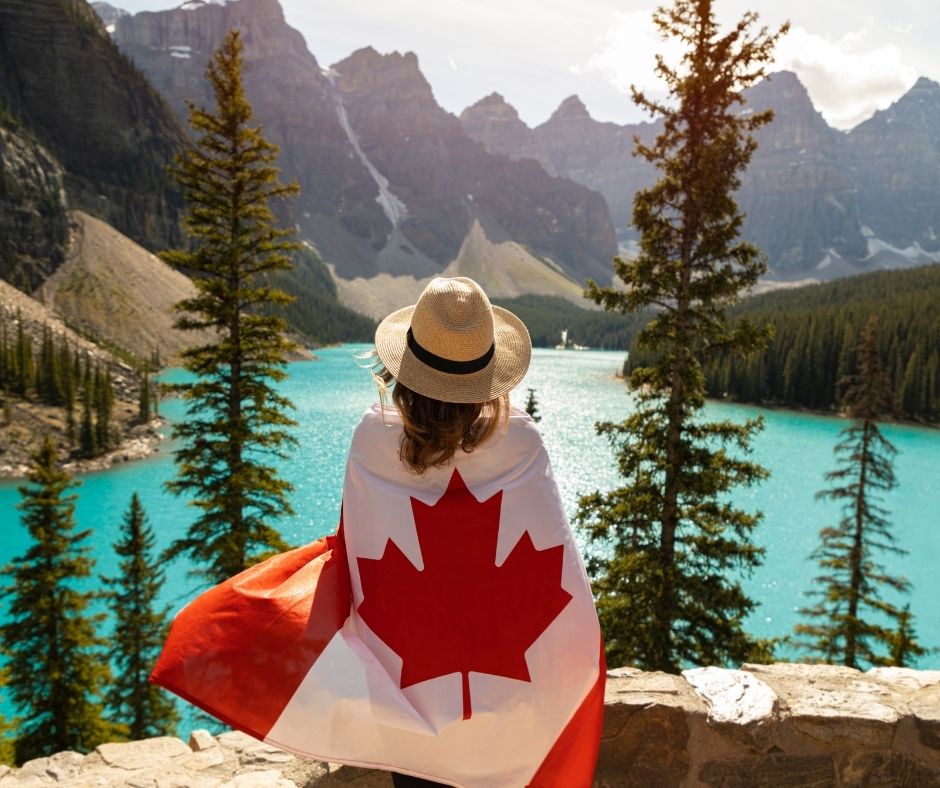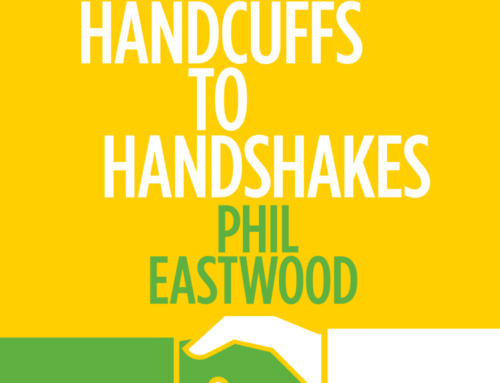The Power Of Telling Great Stories
Humans are hard-wired to remember stories; we tell stories and share stories. Heck, we even binge-watch stories! Storytelling is an art that never goes out of style.
Not surprisingly, the best messengers use stories to transmit their ideas, and those stories inspire people to take action.
The Friendly Skies
I recently had an opportunity to fly with Air Canada.
Before lifting off, the silent small headrest screen ahead of me came to life and announced the upcoming in-flight safety video.
We all know that the airlines will give us messages before taking off about safety and our responsibilities during the flight. There is no question about the importance of safety. Some people take it very seriously every time they fly. But in all honesty, a significant number tune out when it’s time to hear the “drill” because they have listened to it many times. “Been there, done that.”
But this flight was different. Air Canada upped their game! They told a story through the video and embedded their safety messaging in a visual package that would interest many people – a video-graphed tale of a spectacular Canada.
The Stories Do The Messaging
Many people are visual learners; several studies place them at about 65%. When adding a story to the message you want to deliver, you elevate attention and increase their retention and understanding. (People will thank you when they need to remember what to do in the case of an emergency!)
What if you tried this technique with your teams at work?
A Tour of Canada
Take our Air Canada video as an example. Every Province and Territory become characters to communicate the message, and we watch everyday people living life – people just like you and me (the airline passenger).
The opening scene welcomes us aboard our visual journey in Newfoundland in the Gros Morne National Park.
We store our luggage and adjust our seats while camping in Whiteshell Provincial Park in Manitoba.
We visit Whitehorse (in the Yukon) while we learn how to adjust our seatbelts properly. If you think the plane is cold, you can be comforted while you watch other passengers in the Yukon, riding aboard with a dogsled team.
We arrive in Toronto, Ontario, just in time to see a selection of neon signs showing us the “guidelines for safety” all over our daily lives. So why not here on the plane?
While the cabin crew is roaming the aisles and looking for unfastened seat belts, we arrive in Yellowknife. There in the Northwest Territories, we see the Aurora Borealis! In the back of our minds, we remember all the times we imagined these mythical creatures as children. Along with the magical light show, we hear about the atmospheric pressure and the importance of ensuring all our devices are on Airplane Mode. Oh, and don’t forget, if your electronic device should awkwardly fall, ask the cabin crew member to retrieve it.
While traveling from Yellowknife to Nunavut, there is a subtle messaging change. This one is auditory—the language changes from English to French.
I Don’t Remember the Story in Chronological or Geographical Order
But that doesn’t really matter because I remember the points they were trying to make. Let’s continue.
Perched high over the Atlantic coastline I could see Yoga enthusiasts in Prince Edward Island s.t.r.e.t.c.h.i.n.g. While starring in amazement, I heard the airline demonstrating a variety of brace positions – just in case. (Flex and bend Phil. Stretch and bend. Got it!)
In Longview, Alberta, we rode the trails on horseback, herding cattle with a rancher, all the while examining the instructions contained on the laminated safety card.
I’ll admit I took particular interest when I saw the long suspension bridge. I knew it immediately! The picture portrayed the forest right here in North Vancouver, British Columbia. I watched as a hiker crossed the bridge and magically saw the importance of the illuminated airplane pathways – “should an unlikely emergency occur.”
In Saskatoon, Saskatchewan, a farmer is at the wheel of his combine, harvesting crops while etching out the shape and design of the aircraft within a huge wheatfield. Then, on top of the completed design, we saw the exit signs on the aircraft.
We traveled to Montreal, Quebec, and while walking into a vast lobby, where many oxygen masks hanged and dropped into what looked like a unique-looking chandelier design in front of us. The storyline carried us into how to activate and wear the mask and help others if they could not do it for themselves.
In my imagination, I went lobster fishing in Lunenburg, Nova Scotia. I saw how the fisherman locates the life vest beneath his seat, opens the bag it is contained in, correctly dons, and inflates it.
Oh, and last but not least, I met the Air Canada crew members while viewing the beach in the beautiful Hopewell Cape in New Brunswick.
Air Canada Told Stories, a Story of Canada
And they took me along for the ride!
Imaginative storytellers filmed the vignettes against the backdrop of spectacular scenery and relevant locations, designed to demonstrate the site and correct emergency equipment usage. They used human beings like me to show and tell the story.
Safety is essential, and I, for one, appreciated the video’s creativity. While watching, I noticed the attentive eyes of the flight attendants, scanning the cabin as the video played, trying to identify those who appeared to be taking the video seriously and those who were not.
In an emergency, they needed to know who was reliable.
Don’t Downplay Your Ability To Communicate Well With Stories
Many people don’t see themselves as storytellers. You might think storytelling seems a good plan but, unfortunately, one you don’t think you could master. So I offer you this challenge:
Over the holiday season, listen to the stories all around you. Listen to yourself catching up with family and friends and explaining your reflections on the year behind us. Most likely, you will hear yourself telling stories of how it affected you or people you know. You will share the frustration or happiness you felt in the moment, what the other person did next, and so forth. In the end, what you will have shared with your friend is factual about your life’s events, but they will remember it as the stories you told over a holiday dinner.






